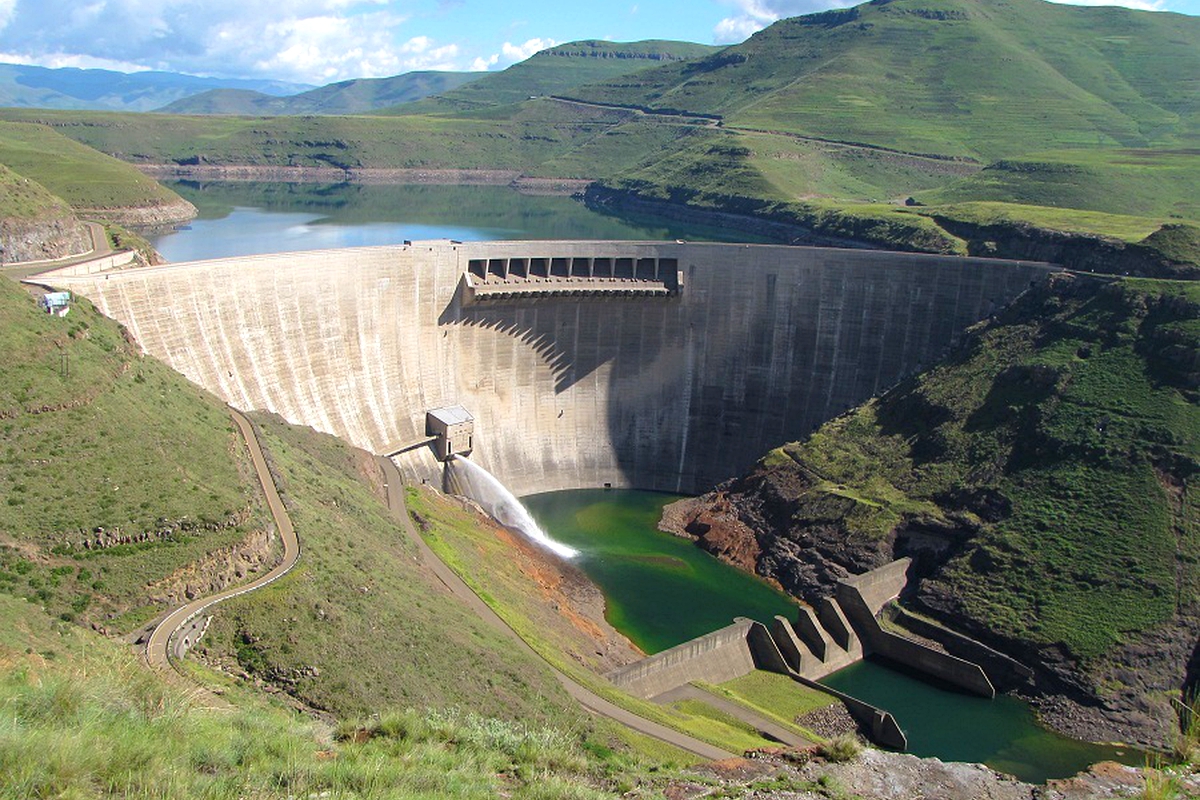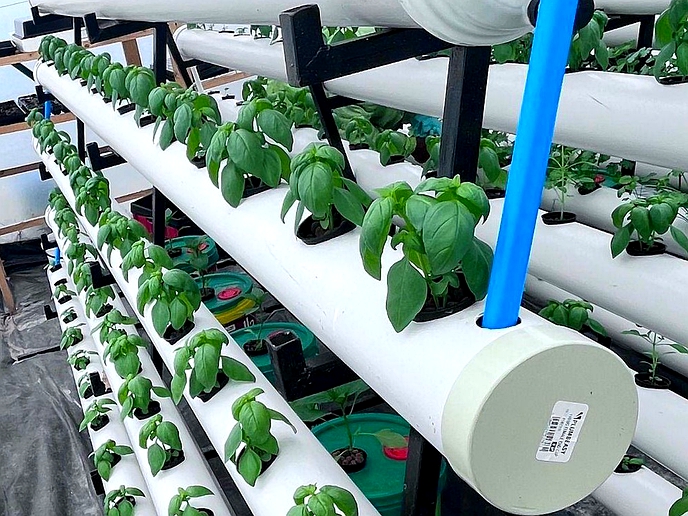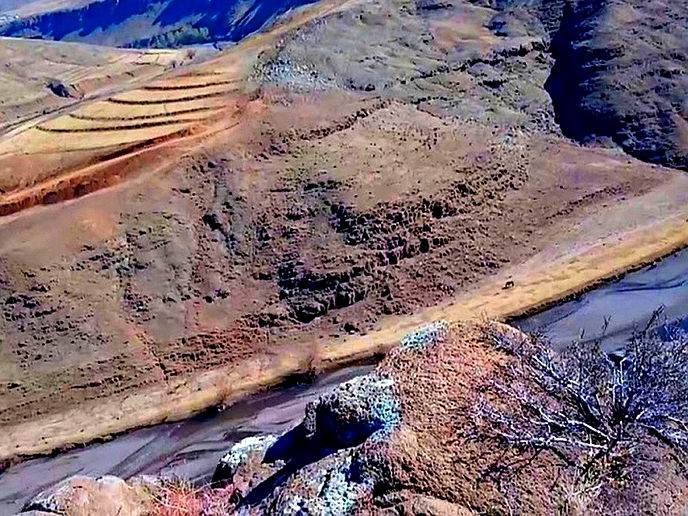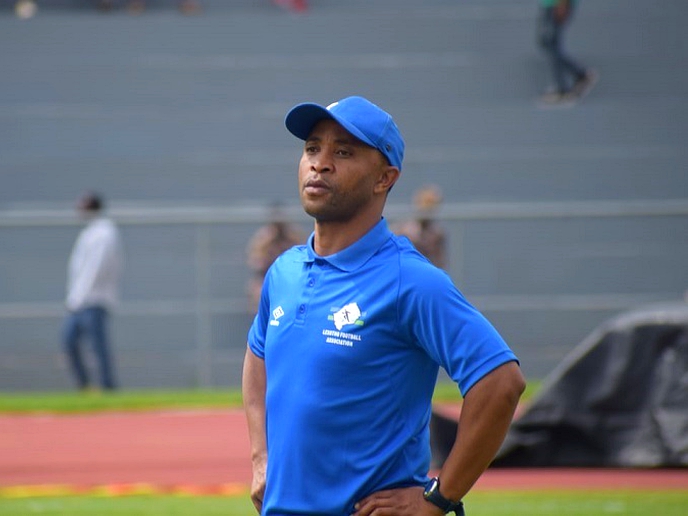CONSTRUCTION of diversion tunnels at the Polihali dam has resumed after it was disrupted by heavy rains and high water levels in the Senqu River by the end of January, a statement released by the Lesotho Highlands Development Authority (LHDA) has shown.
business
Feb. 15, 2021
STAFF REPORTER
3 min read
Construction of water tunnels at Polihali resumes

The provisional bridge that provides access across the river to the construction site was also overtopped by the high tide that further damaged the embankments and flooded the water tunnels, the authority reported.
It further showed that the contractor is currently draining the two waterlogged diversion tunnels.
“The bridge embankments have been reinstated and access restored, the full extent of the damage will be known once the dewatering exercise is complete,” the statement also said.
No one was reported to have sustained any injuries when the damage occurred, as the site was evacuated on time.
The authority further noted that there was no significant flood damage at the other construction sites which include access roads, transmission line construction and civil works, adding that all the main access roads under construction are still passable.
The roads include the Polihali Western Access Road (PWAR) from Ha Seshote to Polihali and the Polihali North Eastern Access Road (PNEAR) which connects Polihali to Mapholaneng along with the Northern Access Road (NAR) between Leribe and the Katse Village.
No flooding was reported along these routes and construction activity on the roads and other construction sites continued without interruption.
The statement also showed that procurement for the construction of the water transfer main works like the Polihali Dam and Polihali Transfer Tunnel is expected to commence in the first half of 2021 while other major works tenders scheduled to go out to market in the next few weeks include those for the construction of major bridges.
The water levels of the Senqu River continue to be closely monitored as do the Katse and Mohale reservoir levels. The Katse and Mohale live reservoir levels stood at 71.86 percent and 41.01 percent, respectively, by Friday.
Enjoy our daily newsletter from today
Access exclusive newsletters, along with previews of new media releases.
Water transfer continues as does the production of hydropower at ’Muela Hydropower Station.
The Lesotho Highlands Water Project (LHWP) is a multi-phased project that provides water to the Gauteng region in South Africa and generates hydro-electricity for Lesotho.
It was established by the 1986 Treaty signed by the governments of the Kingdom of Lesotho and the Republic of South Africa. The project entails harnessing the waters of the Senqu (Orange River) in the Lesotho highlands through the construction of a series of dams for the mutual benefit of the two countries.
As the implementing authority responsible for the implementation and management of the Lesotho Highlands Water Project (LHWP) on behalf of the governments of Lesotho and South Africa, the LHDA continues to monitor the situation closely.






